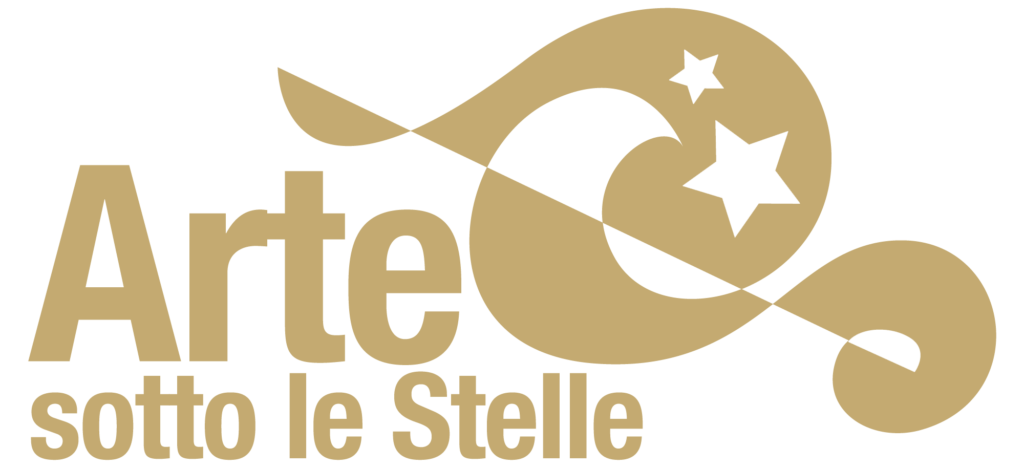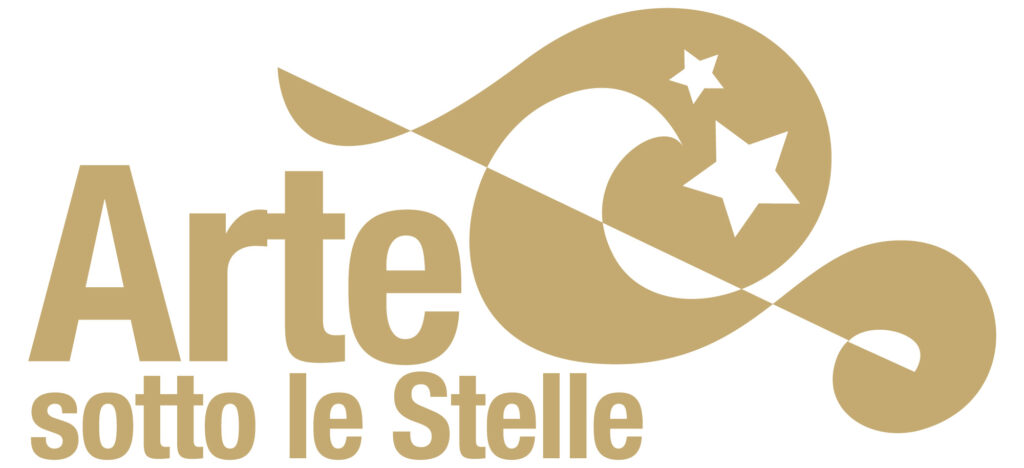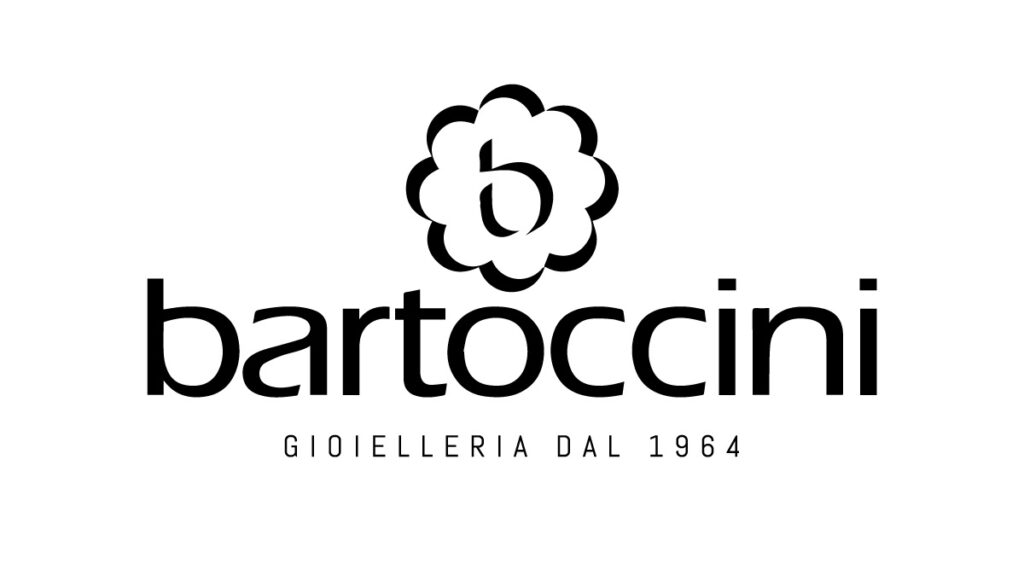Città della Pieve
Partner commerciali
Archimede Arte S.r.l.
Siamo un'Azienda Leader nel settore della digitalizzazione del patrimonio culturale mobile ed immobile in Italia e all'Estero.
Il nostro team è formato da imprenditori, fotografi, informatici, tecnici e storici dell'arte, i quali attraverso un know-how e un'esperienza pluridecennali, curano la parte digitale e creativa di ogni progetto, adattandolo alla richiesta del cliente.
www.archimedearte.it
via Orvieto, 25 - 06132, San Martino in Colle (PG)
+39 0757060130 +39 3357668005
info@archimedearte.it
Relevo S.r.l.
Relevo S.r.l. è una società spin-off di provenienza universitaria, rilevata e oggi diretta dai due tecnici dello staff originale, il geom. Giuseppe Natalizi e il geom. Fabrizio Giorgini. Relevo mette a disposizione avanzate tecnologie nel campo dei rilievi topografici e dell’archiviazione digitale.
www.relevo.it
Via dei Bastai, 25 - 06132, Sant'Enea (PG)
+39 075 607 9724
relevoitalia@gmail.com










